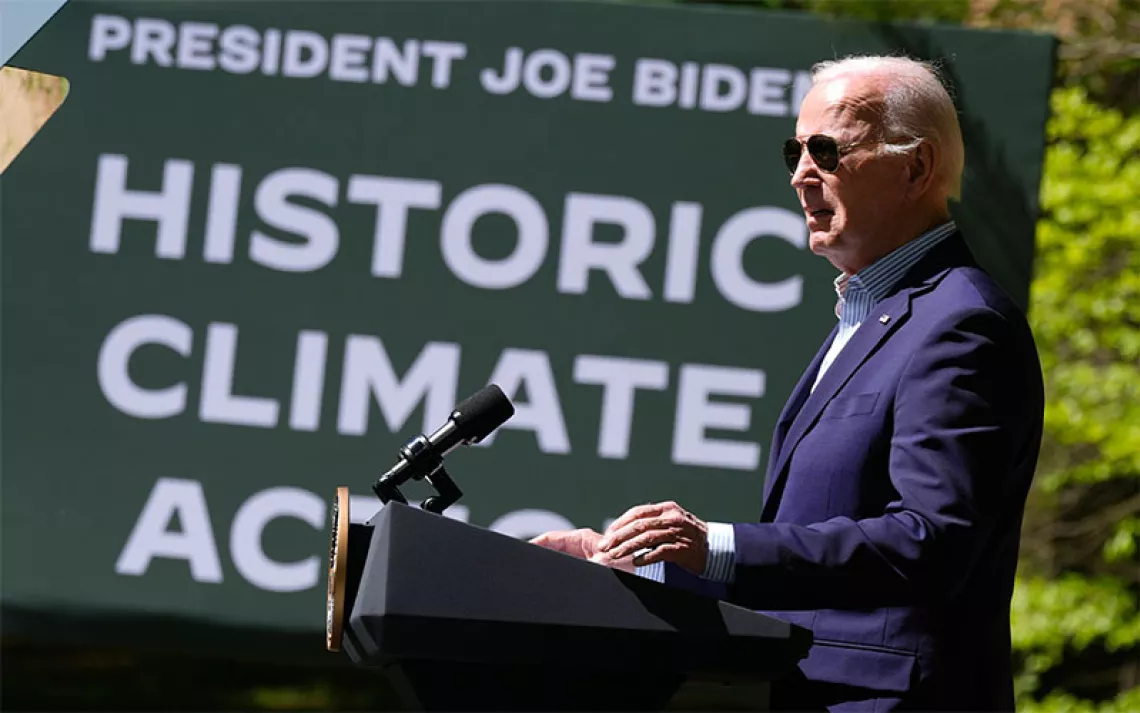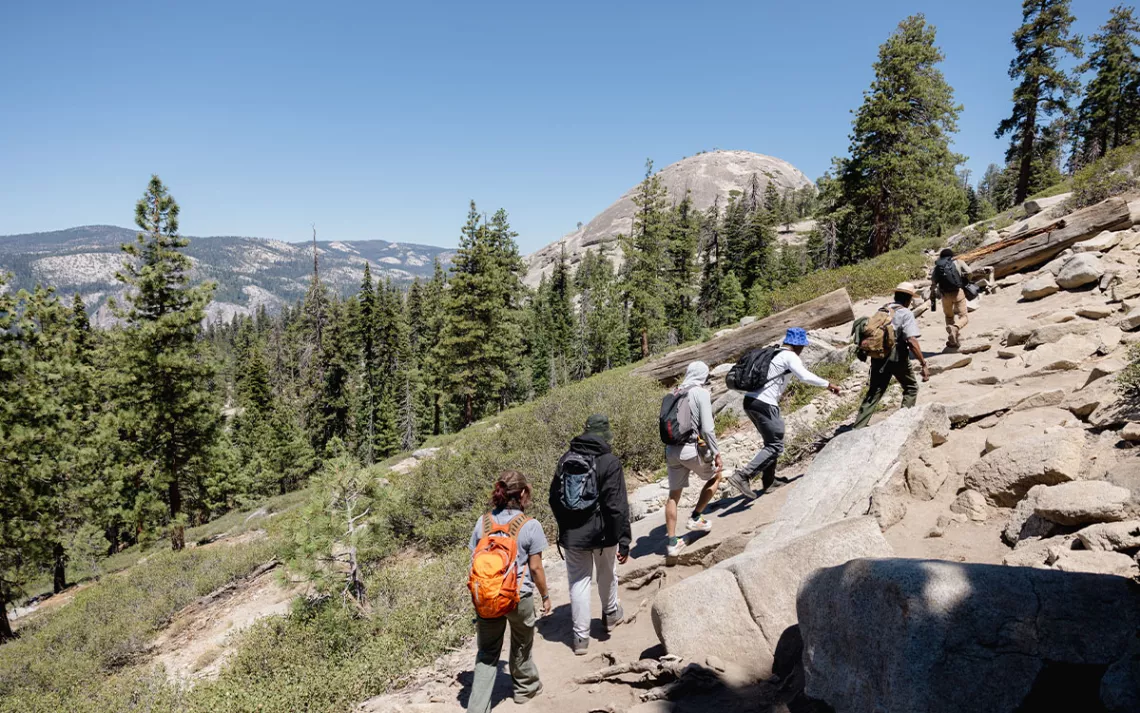Greener Acres
Imagine what it would look like to rewild the industrial-agriculture state of Iowa

Photo by Kathryn Gamble
Over the winter, the global conservation movement lost two giants when Thomas Lovejoy, a renowned forest ecologist, and E.O. Wilson, the entomologist who coined the term biophilia, died within the same week. Wilson spent the past decade of his life promoting the idea that in order to halt the extinction crisis and safeguard biodiversity, human civilization must preserve half of Earth's lands and waters for nonhuman creatures. This Half-Earth ideal sprang from Wilson's research into the theory of island biogeography, which states that the smaller a protected area is, the more likely it is that the species within it will disappear.
In recent years, environmental groups have coalesced around the idea of protecting 30 percent of global lands and waters by 2030, as a sort of midway goal on the way to Half-Earth. The Sierra Club is busy promoting the 30x30 goal, philanthropists are committed to funding it, and the Biden administration has released a preliminary blueprint for reaching 30x30 within the United States. An international summit later this year will consider advancing the 30x30 goal globally under the auspices of the Convention on Biological Diversity.
Reaching 30x30 will rest, in part, on the old-fashioned conservation strategy of sparing large swaths of intact ecosystems from human domination (though not necessarily a human presence, as Indigenous cultures are proven stewards of many landscapes). We'll have to provide new protections for still-wild woods, shorelines, and grasslands; here in the United States, the 50 million acres of national forest roadless areas are prime candidates for stronger protection via wilderness designations. At the same time, we will have to do a better job of sharing landscapes with other creatures. And that will require, above all, a rethinking of our agricultural systems.
While global climate change represents the greatest long-term threat to biodiversity, the number one threat to species today is human land use. As the United Nations Environment Programme concluded in a study released in 2021, the "global food system is the primary driver of biodiversity loss." How we feed ourselves determines whether many other living beings get to live at all.
Here in the United States, few places illustrate agriculture's ecological impacts more starkly than the state of Iowa. As Charlie Hope-D'Anieri writes in his story about agriculture's effects on water quality and public health ("The Trickle-Down Effect"), 200 years ago the lands that were inhabited by the Ioway were "a dynamic, incessant conversation among high grasslands, river floodplains, and . . . woodland savannas." Today, Iowa is basically a giant food factory—the nation's pantry and larder, in the form of a 35-million-acre sacrifice zone. A verdant sweep of corn and soy may look bucolic to some, but make no mistake, all too much of Iowa is an ecological wasteland.
It doesn't have to be this way. In his story "Rewilding Iowa," Stephen Robert Miller profiles residents who are working to break Big Ag's dominance over the state's landscapes and waterways. Grassroots groups have mapped some 12 million acres that would be ideal for ecosystem connectivity. As they seek to buy up conservation parcels piecemeal, those visionaries are also doing small-scale work to restore riparian zones and return fire to the landscape. Their ultimate goal is to reintroduce carnivores like cougars, wolves, and bears to the Hawkeye State.
That's exactly the kind of experimentation that we'll need to get to 30x30. Protecting what remains of the planet's biodiversity will demand new forms of conservation, much of it focused in places that may seem like unlikely candidates for ecosystem protection. Just imagine it: biodiverse carbon sinks in place of monocultures, flyways in place of dead zones, clean water for people to drink. Maybe, just maybe, we can discover ways to feed ourselves and leave space for other species to thrive as well.
This article appeared in the Spring 2022 quarterly edition with the headline "Greener Acres."
 The Magazine of The Sierra Club
The Magazine of The Sierra Club



